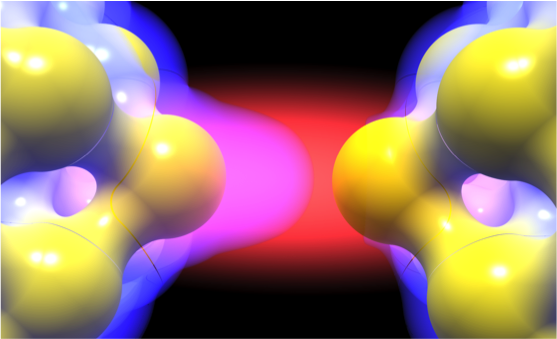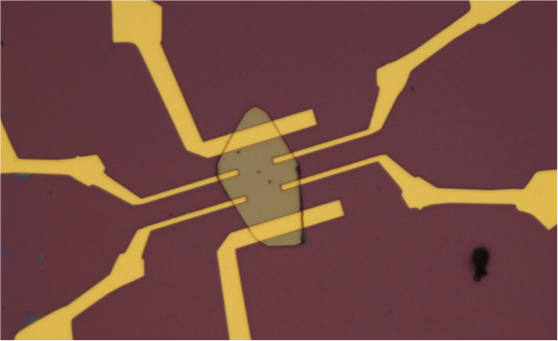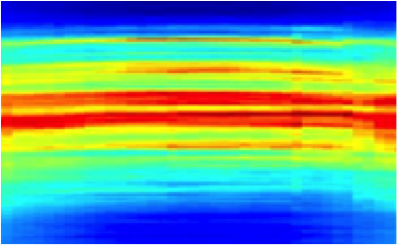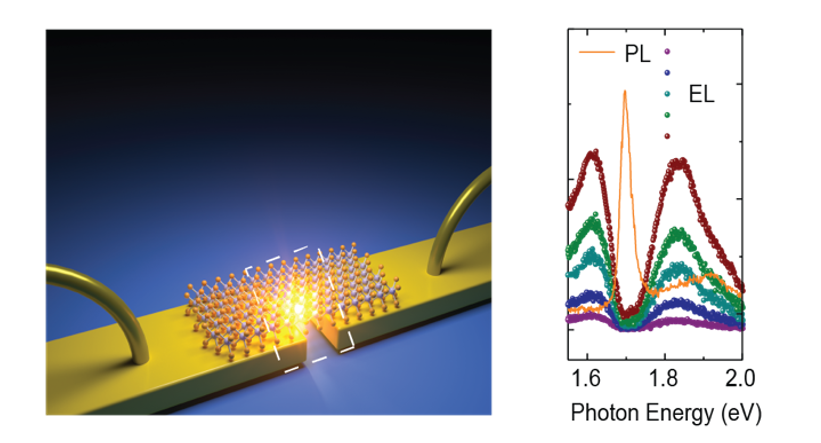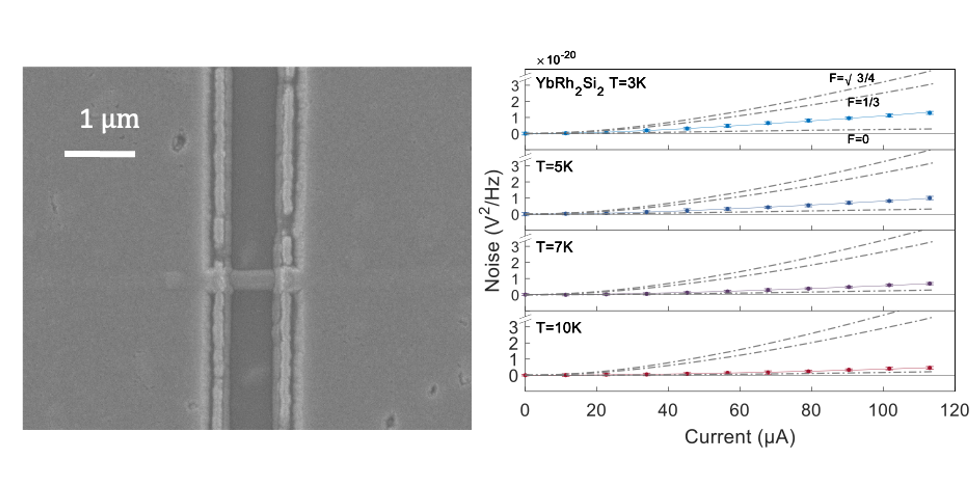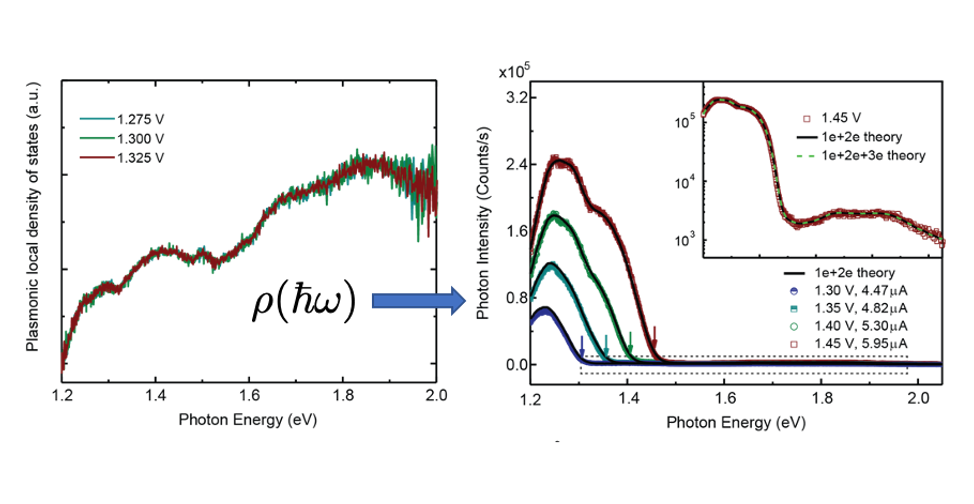Strong plasmon-exciton coupling
Overbias electroluminescence measurements in plasmonic nanogaps coupled to thin WSe2 layers show strong plasmon-exciton coupling, in the form of large peak splittings. The "plexcitons" shape the electron-hole recombination process in the metal, and these junctions are a new path toward ultrasmall optical sources.
This
work was reported in
Nano Lett.
Shot noise in a strange metal
Shot noise measurements in nanowires made from YbRh2Si2, a non-Fermi liquid "strange metal", show noise that is suppressed relative to what is seen in a nanowire made from a conventional metal like Au. This implies that the current may not be carried by well-defined quasiparticles in this system.
This
work, led by Liyang Chen, was reported in
Science, and was the subject of a nice write-up in Quanta .
Aluminum plasmonic junctions settle light emission picture
Atomic-scale aluminum plasmonic junctions can be tuned by electromigration and current across different dominant mechanisms of electroluminescence. Finding the plasmonic spectrum of a junction (at left) in the hot carrier emission regime allows precise prediction of the emitted spectrum in the multi-electron tunneling regime (at right).
This
work, led by Yunxuan Zhu, was reported in
Nano Lett..
Highlights archive

